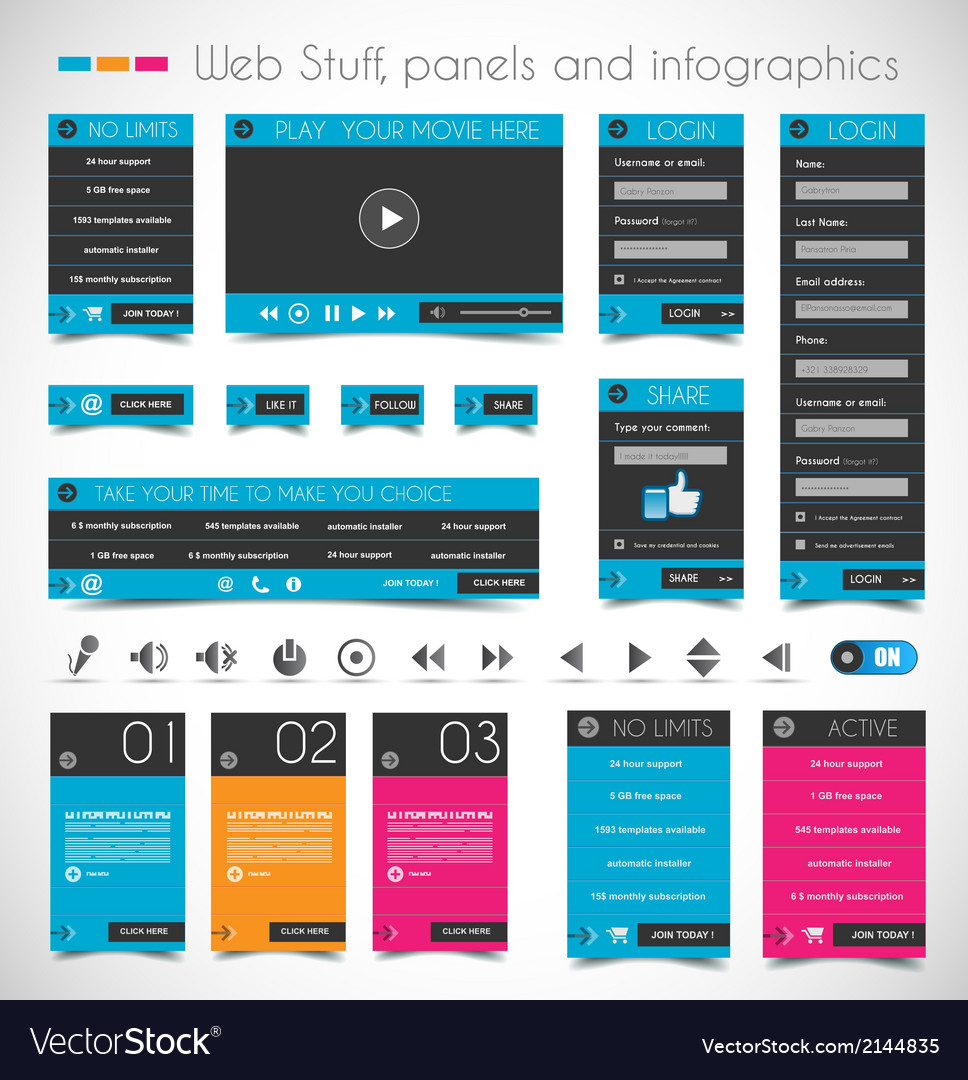Improve Your Internet Site'S Customer Experience And Pursue Design Excellence With Our Useful And Straightforward Pointers And Methods
Improve Your Internet Site'S Customer Experience And Pursue Design Excellence With Our Useful And Straightforward Pointers And Methods
Blog Article
Material Writer-Stokes Raun
Master the art of website design by concentrating on customer experience. Craft instinctive navigation and select mobile optimization to enhance the surfing experience. Guarantee easy navigating with clear headings and appealing visuals. Focus on mobile responsiveness for a regular individual experience. By integrating these necessary layout concepts, you can develop a straightforward internet site that astounds site visitors.
Crucial Layout Principles
When designing a web site, prioritize customer experience most importantly else. Your major objective should be to develop a seamless and enjoyable experience for your site visitors. Begin by guaranteeing that your website is simple to navigate. Usage clear headings, arranged menus, and user-friendly switches to lead customers through your material effortlessly. Bear in mind, simplicity is essential. Prevent cluttering your pages with unnecessary aspects that can overwhelm or puzzle your audience.
An additional essential design principle is to ensure your internet site is visually attractive. Pick a natural color scheme, high-quality images, and readable typefaces to boost the total look of your website. Uniformity is essential in establishing a solid brand name identity and making your web site a lot more memorable to customers.
In addition, prioritize mobile responsiveness. With more individuals browsing the net on their smartphones and tablet computers, it's necessary that your website looks and operates well on all tools. Examine your website on various display sizes to ensure a smooth experience for all individuals. By concentrating on these necessary design principles, you can produce an user-friendly web site that maintains site visitors returning for even more.
User-Focused Navigation
To boost user engagement and simplify their surfing experience, prioritize creating user-friendly navigation pathways that guide visitors flawlessly with your web site. Clear and efficient navigating is important for helping users discover the details they require swiftly and successfully. Start by keeping your menu structure simple and understandable. Use descriptive tags that plainly show what content can be located under each menu alternative. Furthermore, take into https://www.feast-magazine.co.uk/hospitality/hospitality-marketing-tips-for-your-restaurant-business-33260 executing dropdown menus for subcategories to stop congestion the primary navigating bar.
An additional essential element of user-focused navigating is the use of breadcrumbs. Breadcrumbs are a secondary navigating help that reveals customers their present location on the web site and allows them to quickly browse back to previous web pages. This attribute is specifically useful for customers that enter your site with a deep web link or an online search engine result.
Moreover, incorporating search performance plainly on your site can additionally boost user navigating. A search bar allows individuals to promptly find certain web content without having to click via multiple web pages. Make certain that your search bar is easily noticeable and easily accessible on every web page of your website for optimum functionality. By prioritizing user-focused navigation methods, you can create a more instinctive and enjoyable surfing experience for your site visitors.
Mobile Optimization Techniques
Think about maximizing your site for mobile phones to make sure a seamless customer experience across different display sizes. Mobile optimization is essential in today's electronic landscape where a significant portion of internet surfing takes place on smart devices and tablets.
To enhance mobile usability, start by implementing receptive style techniques. This approach allows your web site to adjust to numerous screen measurements, keeping capability and visual appeals.
Focus on enhancing filling times for mobile users. Slow-loading sites can prevent site visitors and influence your internet search engine rankings. Compress images, lessen HTTP requests, and utilize web browser caching to enhance loading rate. Furthermore, focus on content hierarchy for mobile display screens. Guarantee that crucial info is prominently presented, and navigating is user-friendly, promoting very easy accessibility to vital areas.
Use touch-friendly components such as bigger switches and streamlined types to facilitate communication on smart phones. Conduct https://techcrunch.com/sponsor/semrush/what-most-startups-get-wrong-about-digital-marketing/ throughout various mobile systems to determine and remedy any type of use problems.
Conclusion
To conclude, understanding the art of web design is critical for developing an user-friendly website. By including vital style concepts, user-focused navigating, and mobile optimization strategies, you can guarantee a seamless and enjoyable experience for your site visitors.
As an example, a regional bakery saw a 30% increase in online orders after overhauling their web site to be much more straightforward and mobile-responsive. Keep in mind, a well-designed web site can make all the distinction in drawing in and preserving customers.
